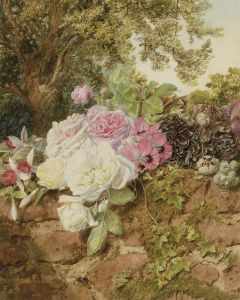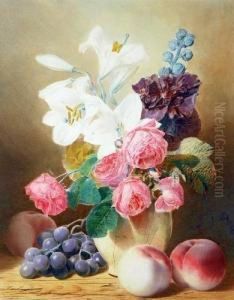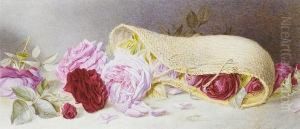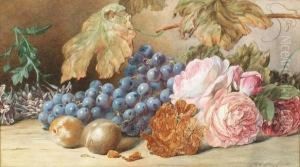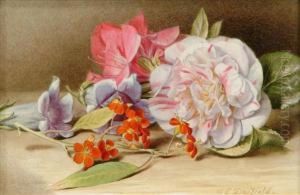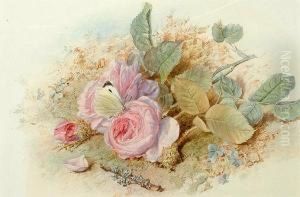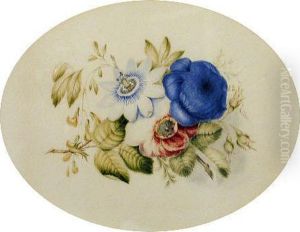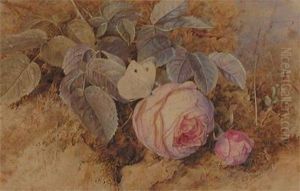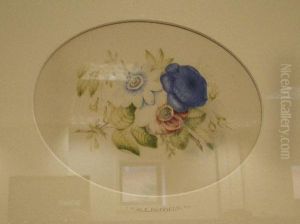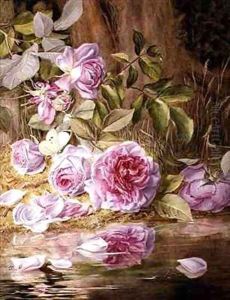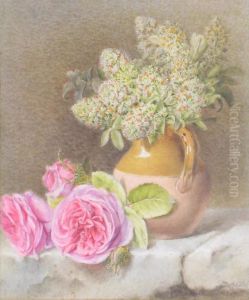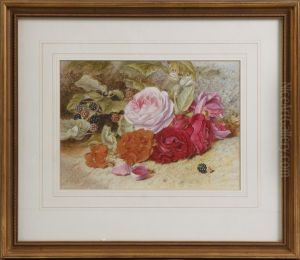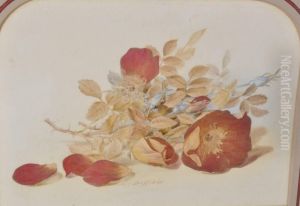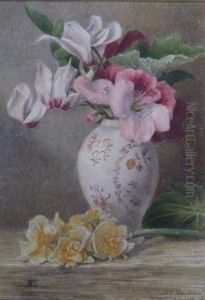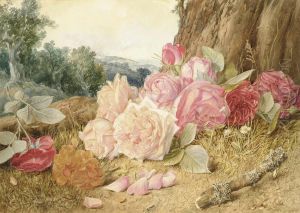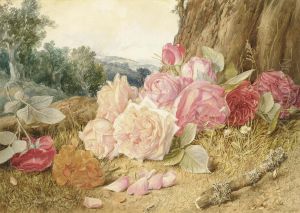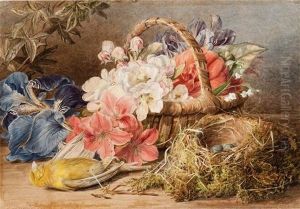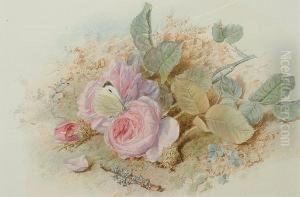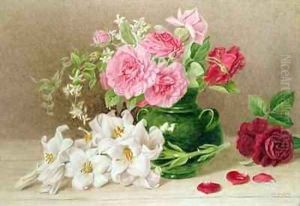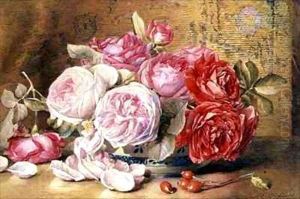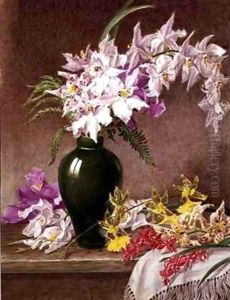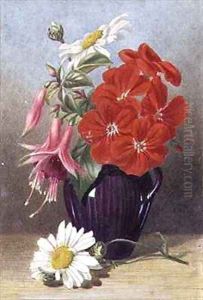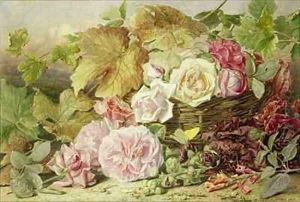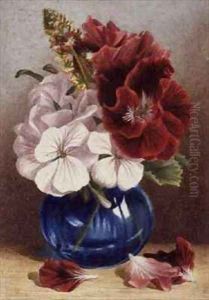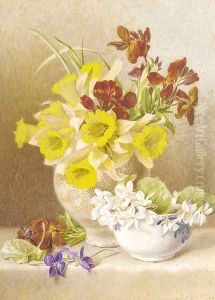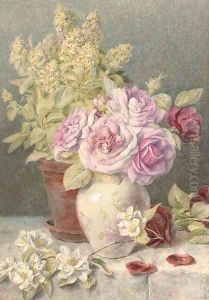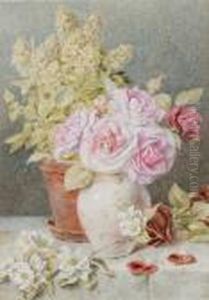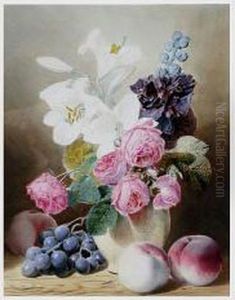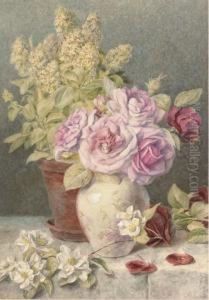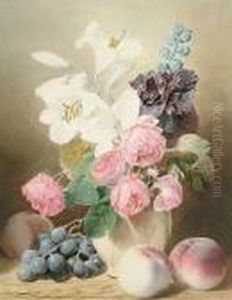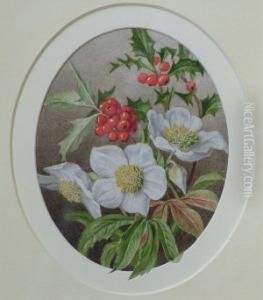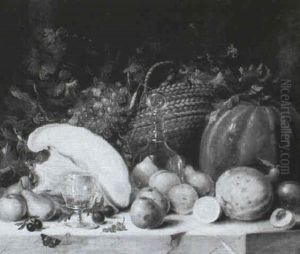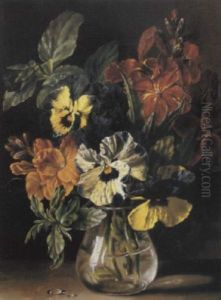Mary Elizabeth Duffield Paintings
Mary Elizabeth Duffield, also known as Mary Elizabeth Duffield-Rosenberg following her marriage, was an English painter born in the year 1825. She was widely recognized for her specialization in meticulously detailed still-life paintings, particularly those depicting flowers. Duffield was part of the 19th-century movement of women artists who began to gain more recognition for their work during the Victorian era.
Duffield's artistic talents were evident from a young age, and she honed her skills through dedication to her craft. She often worked in watercolor and oil paints, mediums that allowed her to express the delicate textures and vibrant colors of her floral subjects. Her work was characterized by a combination of technical skill and aesthetic sensitivity, which earned her considerable admiration during her lifetime.
Throughout her career, Mary Elizabeth Duffield was an active participant in the artistic community. She exhibited her paintings at prominent institutions, including the Royal Academy of Arts in London. Duffield's contributions to art were not limited to her own creations; she was also involved in the education of other artists. Alongside her husband, the artist George Duffield, she co-authored a book titled 'The Art of Painting Flowers in Oil and Water Colors,' which was a practical guide for aspiring painters.
The Victorian era marked a period when the art world was becoming increasingly accessible to women, and Duffield's success is reflective of the gradual shift in societal attitudes towards female artists. Despite the challenges that women faced in the professional art sphere, Duffield managed to establish herself as a respected artist of her time.
Mary Elizabeth Duffield's legacy is preserved through her beautiful still-life paintings, which continue to be admired for their beauty and precision. Her work is held in various collections and has been exhibited in galleries and museums, offering inspiration to later generations of artists. Duffield passed away in 1914, leaving behind a body of work that continues to celebrate the natural world and its myriad of colors and forms.
